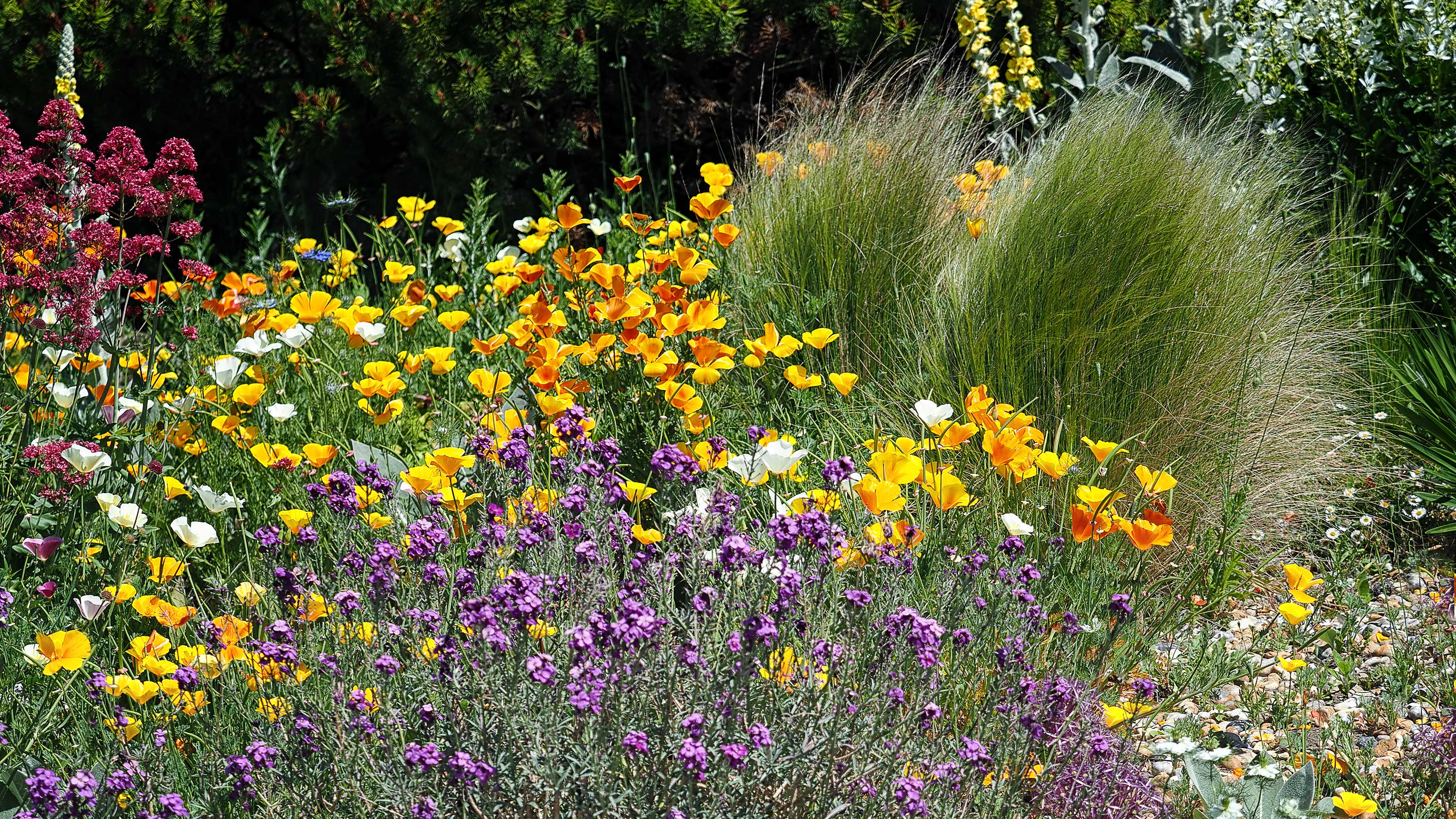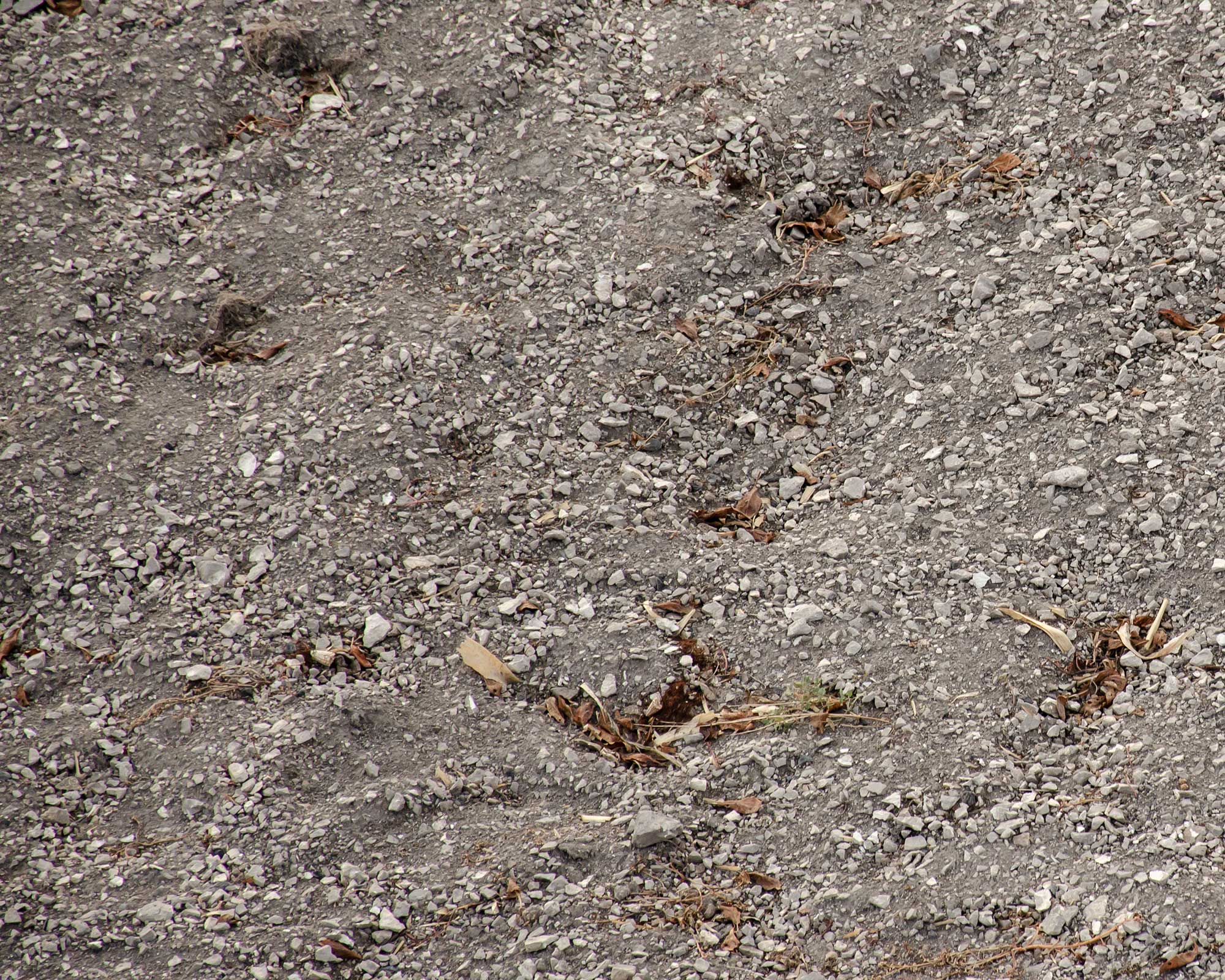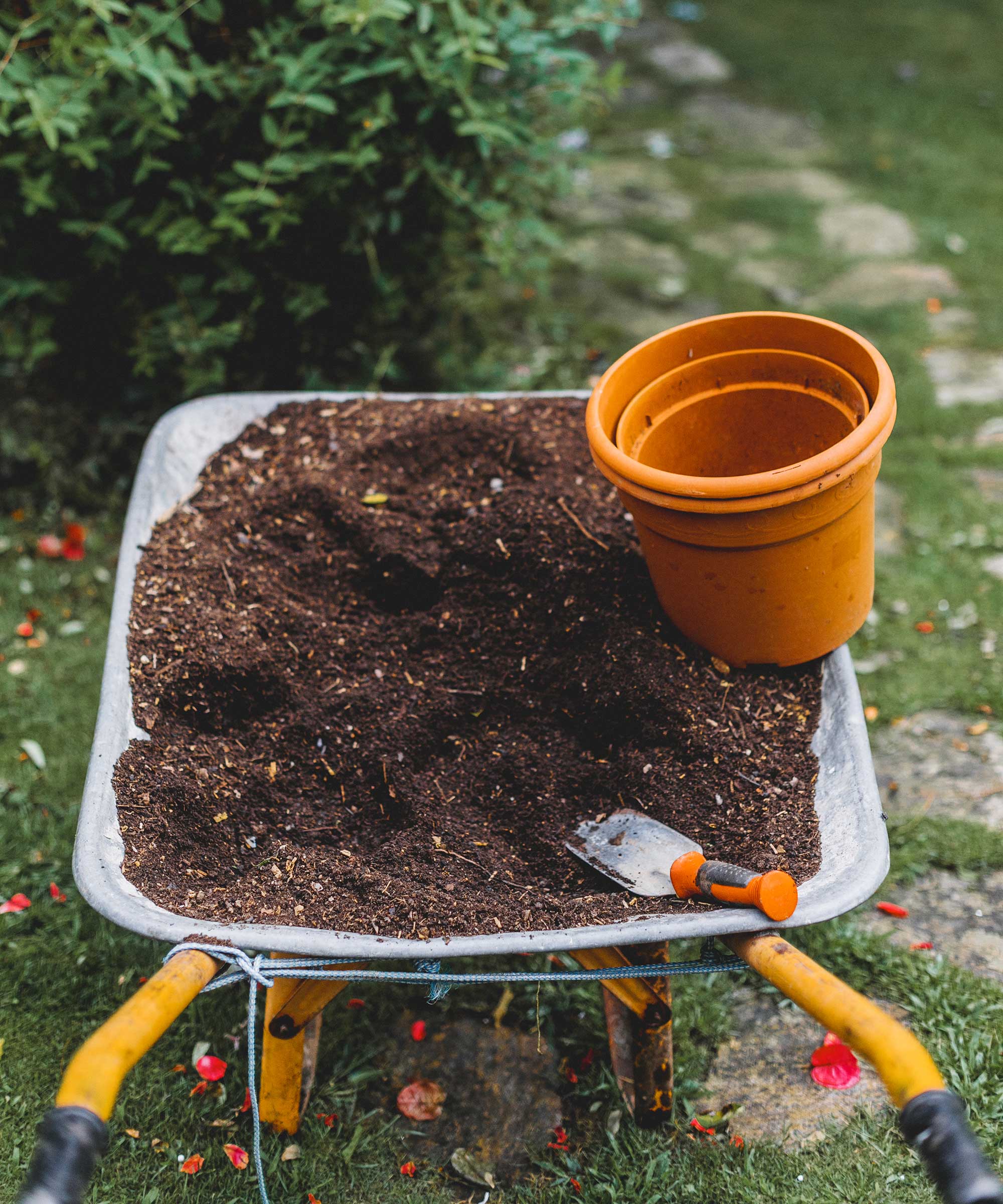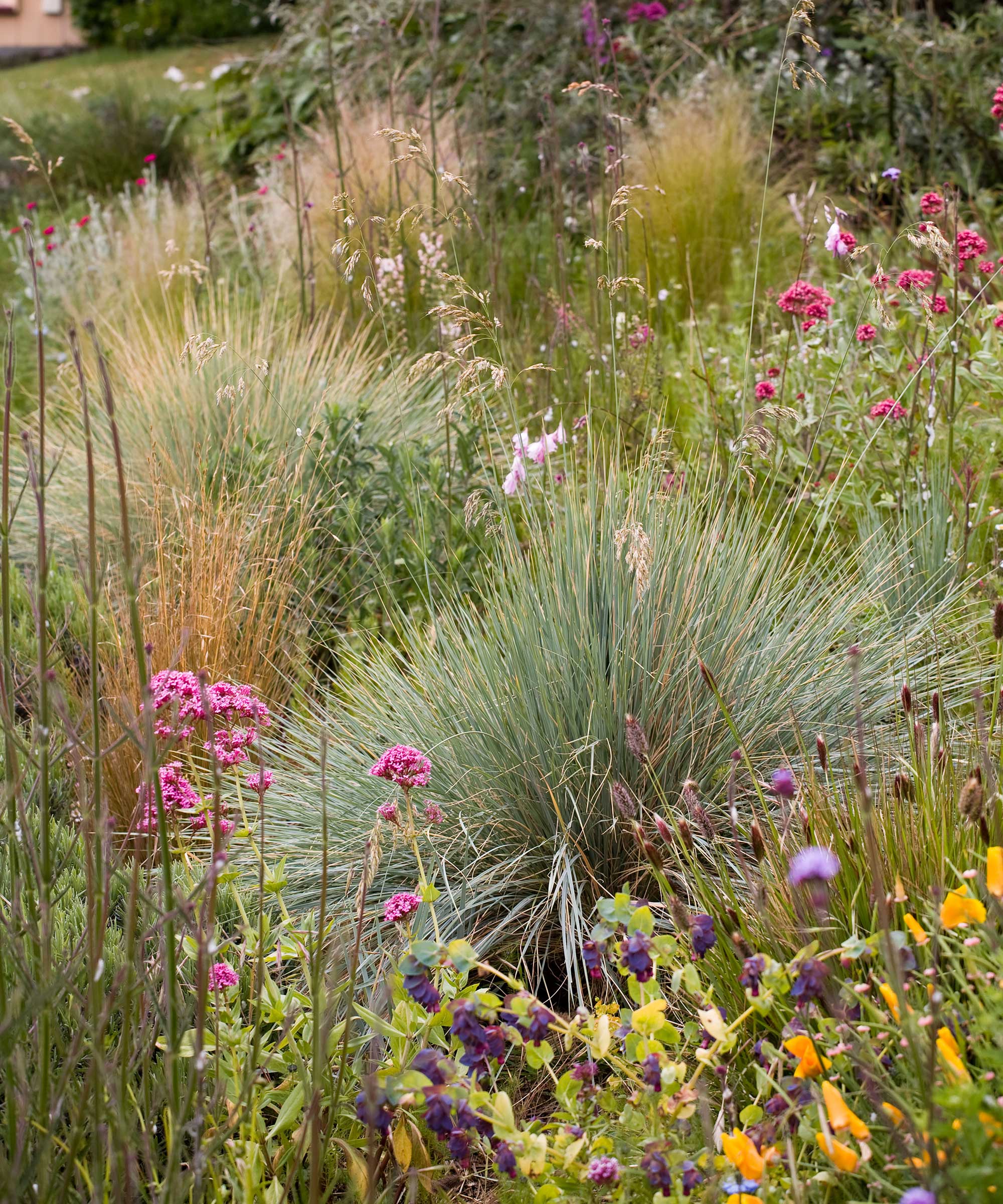Chalky soil: how to make the most of it in your backyard
Our tips will help you grow a beautiful garden on chalky soil


Is your garden based on chalky soil? It isn't the easiest to work with, but there are some tips and tricks you can do to make life easier and improve your growing success.
This common type of soil is high in alkalinity (having a pH of 7.1 or above), and often lumpy with stones or gravel. It can also be low in nutrients, which can be a challenge when trying to get plants to thrive. However, with the right planting picks, and the right approach, you can still grow a beautiful garden. We explain how.
What is chalky soil?
Chalky soil is derived from limestone or chalk and its structure can vary from heavy to light. This type of soil tends to warm up quickly in spring and is very dry in summer.
'The good thing about chalky soil is that it is free-draining and won't get waterlogged, so it is easier to work than clay soil,' explains John Negus, a gardening expert from Amateur Gardening.
'The downside is that if it is very thin, it won't hold on to many nutrients, so some plants may struggle,' he adds.
A good way to tell if the soil in your flower beds and borders is chalky is to put some in a jar of vinegar. If it froths, then it contains chalk or limestone, says the RHS.

Chalky soil is often stoney
How to make chalky soil easier to work with in the garden
'The first thing to do is dig down to see how deep or thin the layer of topsoil is,' says John. 'In some cases, it may be thin, in others, it may go down quite a way. In either situation, there may not be enough goodness for plants to grow healthily, and their leaves may turn yellow and become chlorotic.'
The RHS says to break up the chalk to a depth of 30in (75cm) – this will encourage plants' root systems to spread out.
As well as this, enrich the soil with lots of organic matter – well-rotted compost or farmyard manure. 'This will add goodness and improve the soil's ability to hold on to water so it doesn't dry out as quickly,' says John.
The RHS adds that mulching – also with organic matter – can help conserve moisture. Watering plants should also be done vigilantly. Fertilizing plants can also help them to flourish in these conditions.
If your soil is very thin, you may find it easier to opt for raised garden beds or containers which you can fill with topsoil and more nutrient-rich compost.

Add plenty of compost to make your chalky soil more nutrient-rich
What plants are best for chalky soil?
When it comes to planting on chalky soil, there are many varieties to choose from. Just bear in mind that they often take a good few seasons to establish – explains the RHS – although smaller plants tend to be quicker at settling in than larger, more mature specimens.
'If you are looking for trees, fruiting varieties including apple, crab apple, and pear, as well as ornamental cherries, do well,' says John. 'Spindle, beech, and ash also grow well on chalk.'
Shrubs and climbing plants for chalky soils include berberis, lavender, passion flower, cistus, hebes, clematis, and anything that thrives in a more Mediterranean situation with poor dry soil, he adds.
'Most perennials and annuals will also grow well, and bulbs favor the soil as it doesn't sit wet, which can cause them to rot. So, with careful planning, you can have color and interest all year round.' Wildflower mixes are also a good option, and perfect for a wildlife garden, and drought-tolerant plants tend to do well, too.
Avoid plants that like clay soils, such as rhododendrons and azaleas. 'If you are determined to grow these, set them in containers of ericaceous compost,' says John.

Many drought-tolerant plants are suitable for chalky soils

The garden was always a big part of Holly's life growing up, as was the surrounding New Forest where she lived. Her appreciation for the great outdoors has only grown since then. She's been an allotment keeper, a professional gardener, and a botanical illustrator – plants are her passion.
